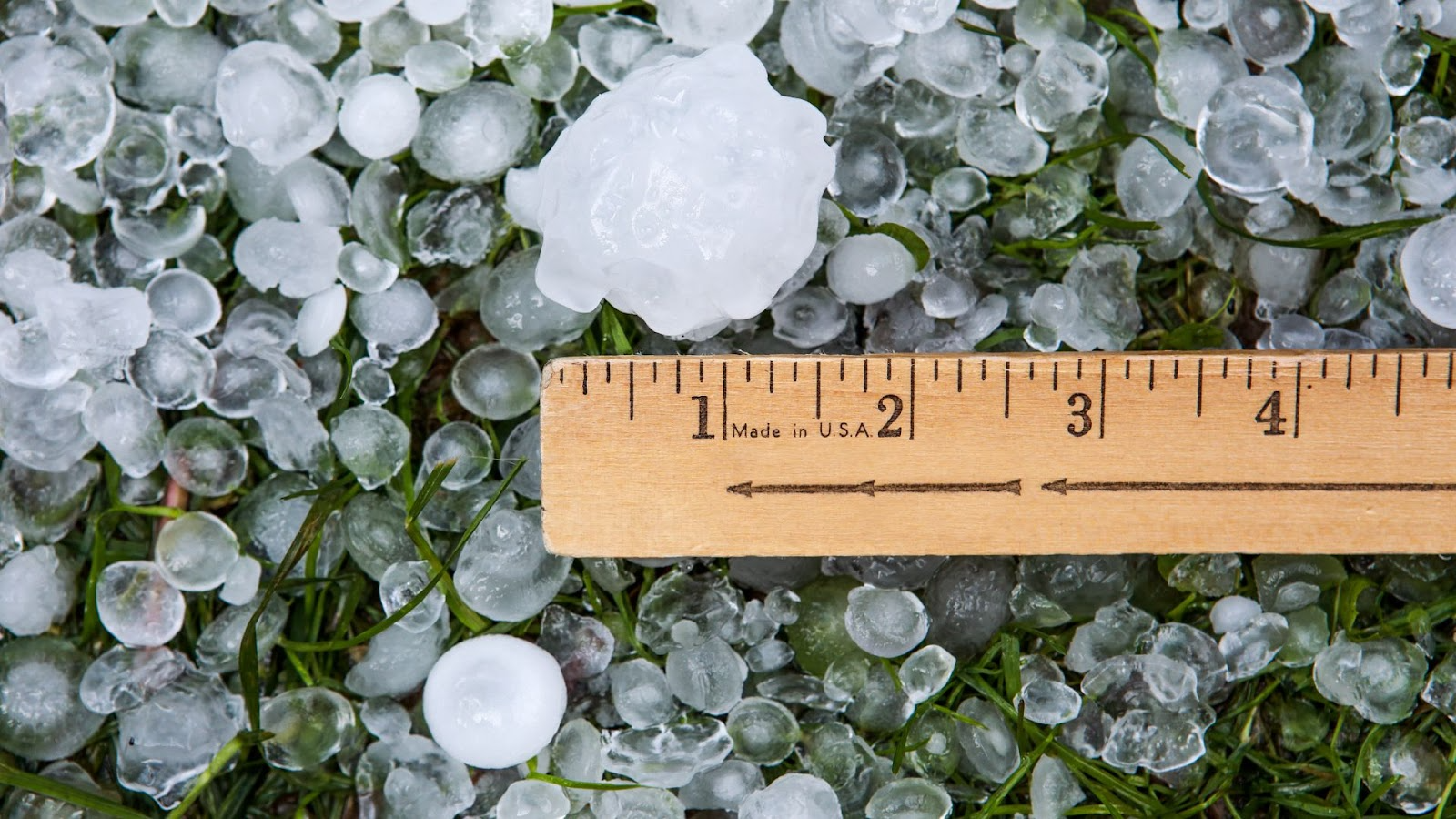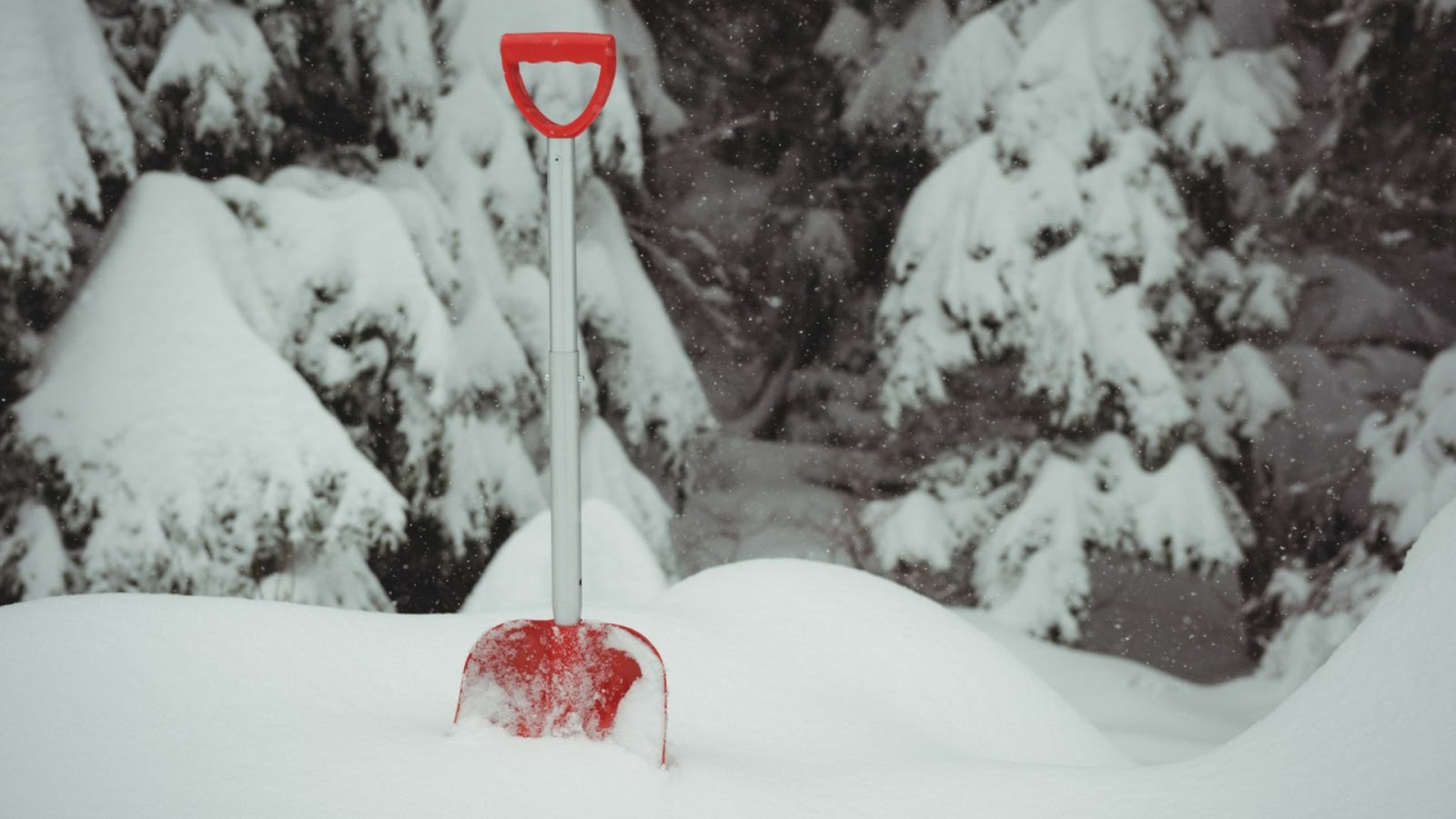Winter in Buffalo often looks peaceful, with quiet streets and lawns covered in snow. Under that white surface, however, your grass may be under stress.
A light cover of snow can protect soil and roots from cold winds, but heavy piles that linger too long often cause more harm than good.
When snow is compacted or piled in the same spot, it presses down on the soil, blocks oxygen, and traps moisture. This can lead to root damage, waterlogging, and fungal growth.
By the time spring arrives, many homeowners discover thin, brown patches or bare spots where grass once thrived. Knowing how snow pile damage happens and how to stop it before it starts is the key to protecting your lawn through Buffalo’s harsh winters.

Snow piles can quietly harm your lawn long before spring arrives. The weight, trapped moisture, and uneven melting put stress on both soil and grass. By the time the snow is gone, many lawns show thin patches, brown spots, or delayed growth.
Snow that has been shoveled or packed is heavier than it looks. The pressure pushes down on the soil, squeezing out air and limiting nutrient flow. Roots in compacted soil cannot breathe, which weakens the grass.
When this happens, you often see slow recovery in the spring. Some areas green up quickly, while compacted spots remain thin and lifeless.
Signs of compaction
The crown is the growing point of grass. When heavy piles cut off oxygen, this part of the plant suffers first. Add in repeated freezing and thawing, and the root system can easily break down.
The damage shows up later as tan or brown patches that resist recovery. These sections lag behind the rest of the lawn even after temperatures warm up.
What to notice
Snow that lingers too long creates the perfect conditions for snow mold. This fungal disease thrives in damp, dark environments. When the snow melts, circular patches often appear on the turf.
There are two main types. Gray snow mold usually looks worse than it is, spreading widely across the surface. Pink snow mold, however, penetrates deeper into the roots and causes more lasting harm.
Higher risk where
Large piles of snow rarely melt evenly. Instead, they release too much water in one area, leaving the soil waterlogged. Roots need oxygen to function, and standing water drowns them quickly.
The result is delayed recovery or entire patches of grass that fail to green up at all. These soggy spots often stay muddy well into the season.
Effects of waterlogging
Snow moves from driveways or sidewalks, often carrying de-icing salts with it. As the piles melt, this salt washes into the soil and burns the turf.
The damage is easy to spot. Edges of the lawn near walkways or plowed areas stay straw-colored or scorched even as the surrounding grass begins to recover.
Snow piles may seem harmless in the middle of winter, but they leave clear signs of stress once the weather warms. By recognizing compaction, crown damage, mold, pooling, and salt injury, you can take steps to restore your lawn before minor problems turn into permanent scars.
Snow piles can quietly weaken your lawn, but early recognition and timely winter grass care help ensure a healthy recovery in spring.
Recognizing how snow piles damage your lawn is the first step; next comes the practical strategies to prevent it.

Awareness is critical, but prevention is what keeps your lawn healthy through winter. With a few proactive steps, you can limit the pressure, moisture, and stress that snow piles bring.
Avoid leaving heavy piles on the same patch of grass. Spread snow more evenly across the yard or move it to areas like garden beds that can handle extra weight. This reduces pressure points and helps the lawn recover evenly in spring.
Snow-covered grass is fragile. Repeated walking compacts the soil and weakens crowns. Mark off high-risk areas and use stepping stones, paths, or designated walkways to guide family and pets away from vulnerable spots.
De-icing salt from sidewalks and driveways often finds its way into piles on the lawn. Use eco-friendly products such as calcium chloride or magnesium chloride, and whenever possible, keep shoveling snow with salt runoff away from grass.
Set your lawn up for success before the snow arrives. Aerate to relieve soil compaction, clear leaves and debris to reduce fungal risks, and mow to the recommended winter height, which is about 2.5 to 3 inches for cool-season grasses.
Small rodents often take cover under snow piles. A final mowing of about 2 inches in late fall and trimming back excess vegetation around lawn edges removes their hiding spots.
With these practices, you reduce the risks snow piles bring and give your grass the best chance to thrive once spring returns.
Even with prevention in place, snow is not the only challenge your lawn faces during winter.
Snow piles are not the only issue that can leave your lawn looking weak in spring. Cold weather also brings hidden stressors that work quietly under the surface. Knowing what they are helps you act before the damage takes hold.
Here are some of the most common additional risks to watch for:
By staying alert to these threats, you can limit winter damage and give your grass a stronger start when warmer weather returns.
Months of snow and ice can leave turf stressed, so giving your lawn focused care in spring helps it recover and grow strong again.

Winter often leaves behind visible signs of stress, from matted grass to thin or bare patches. The good news is that with a few focused steps, you can restore strength and encourage steady growth as the season turns.
Here are some of the most effective ways to support recovery in spring:
1. Rake gently: loosen matted areas to improve airflow and reduce the risk of lingering mold.
2. Overseed bare patches: fill in spots left by voles, compaction, or snow mold.
3. Fertilize smartly: apply a light, balanced feeding to encourage new growth without overwhelming roots.
4. Aerate compacted zones: relieve pressure in soil and restore oxygen flow to the root system.
5. Water wisely: avoid heavy watering while the soil is already saturated from melting snow.
6. Fungicides, if needed: only use them if snow mold persists after natural recovery efforts.
These simple measures give your grass the best chance to bounce back quickly and return to a full, healthy lawn.
Snow piles, ice sheets, and hidden winter stressors can leave lasting scars on your lawn, but with the proper care, recovery is always possible. By understanding the causes of damage and following prevention and recovery steps, you set the stage for healthier, greener growth each spring.
At Percy’s Lawn Care, we go beyond routine maintenance. Our snow removal services are designed to clear your property safely and strategically, preventing heavy piles, reducing compaction, and keeping your lawn protected all season long.
With decades of experience serving Buffalo, Amherst, and Cheektowaga, we know how to balance winter protection with long-term lawn health.
If you want a lawn that thrives through the harshest winters and comes back strong in spring, contact Percy’s Lawn Care today to schedule your snow removal and winter lawn care services.
1. How do I know if snow mold or snow pile damage is the real issue when my lawn doesn’t green up in spring?
Snow mold usually shows as circular, straw-colored patches with matted grass or gray and pink fungal growth. If those spots also had heavy snow piles or ice cover during winter, then compaction or suffocated roots are likely part of the problem.
2. What are the main differences between gray snow mold and pink snow mold?
Gray snow mold tends to stay near the surface and appears in wide, pale patches across the lawn. Pink snow mold is more aggressive, digs deeper into crowns and roots, and leaves behind more minor but more destructive circular spots.
3. Can snow alone kill grass, or do I need compaction or ice for severe damage?
Snow, by itself, often acts as insulation, protecting the soil and roots. The trouble begins when it piles up, compacts, or refreezes into ice sheets, which cut off oxygen and lead to long-lasting injury.
4. What fall lawn care practices help reduce snow mold or snow pile damage?
Aerating the soil in autumn reduces compaction and improves drainage. Mowing to the correct dormant height and clearing leaves or debris lowers the risk of fungal growth and helps the lawn face winter in stronger condition.
5. If snow mold or compaction damage shows up in spring, how do I fix it?
Start by gently raking matted areas to let in air and sunlight. Then overseed bare patches, use light fertilizer for new growth, and aerate compacted zones so the roots can recover and the lawn can fill in evenly.